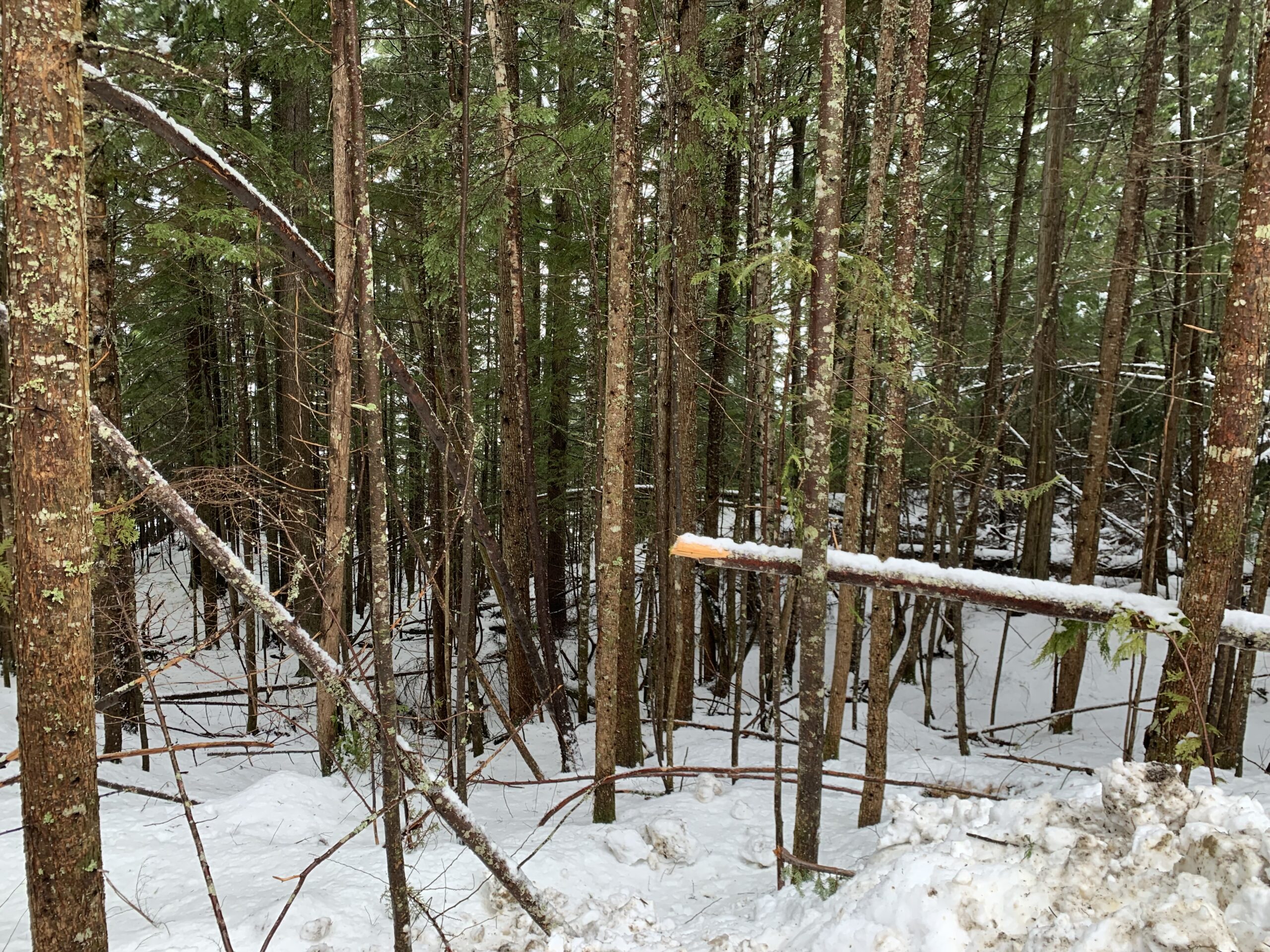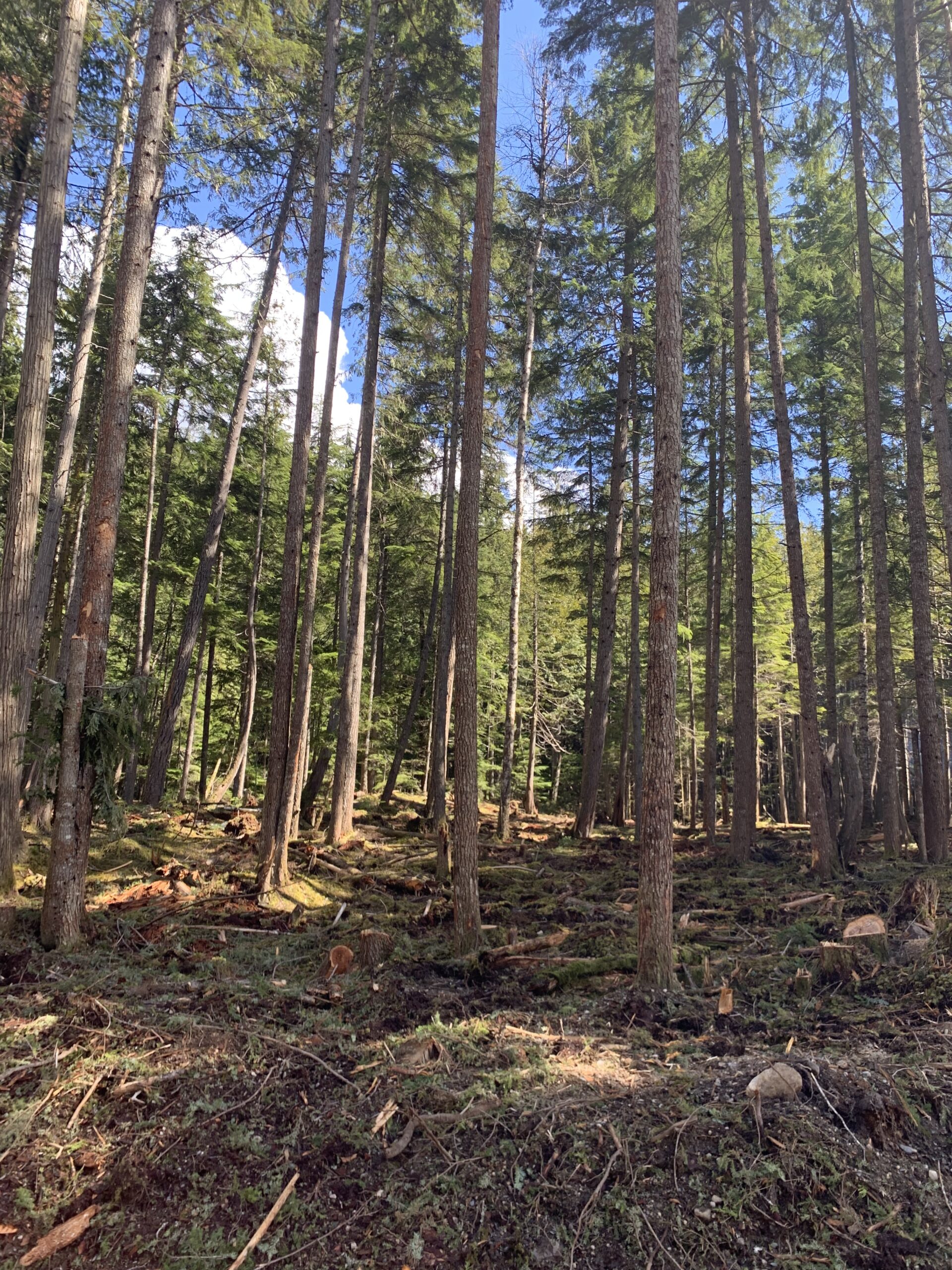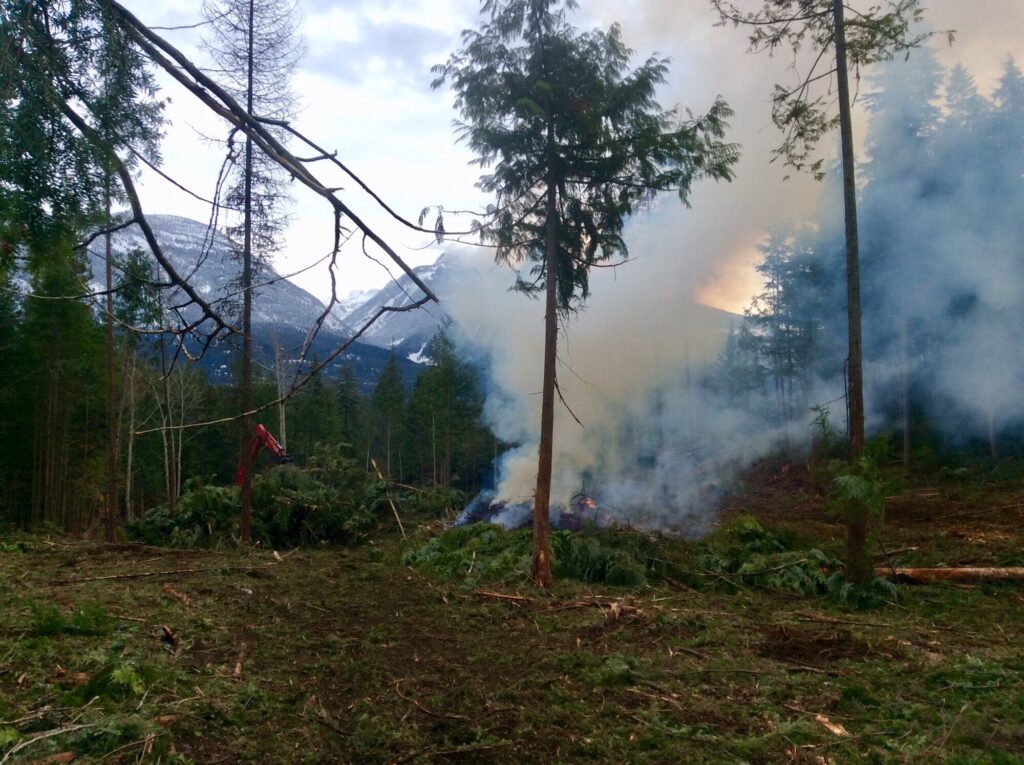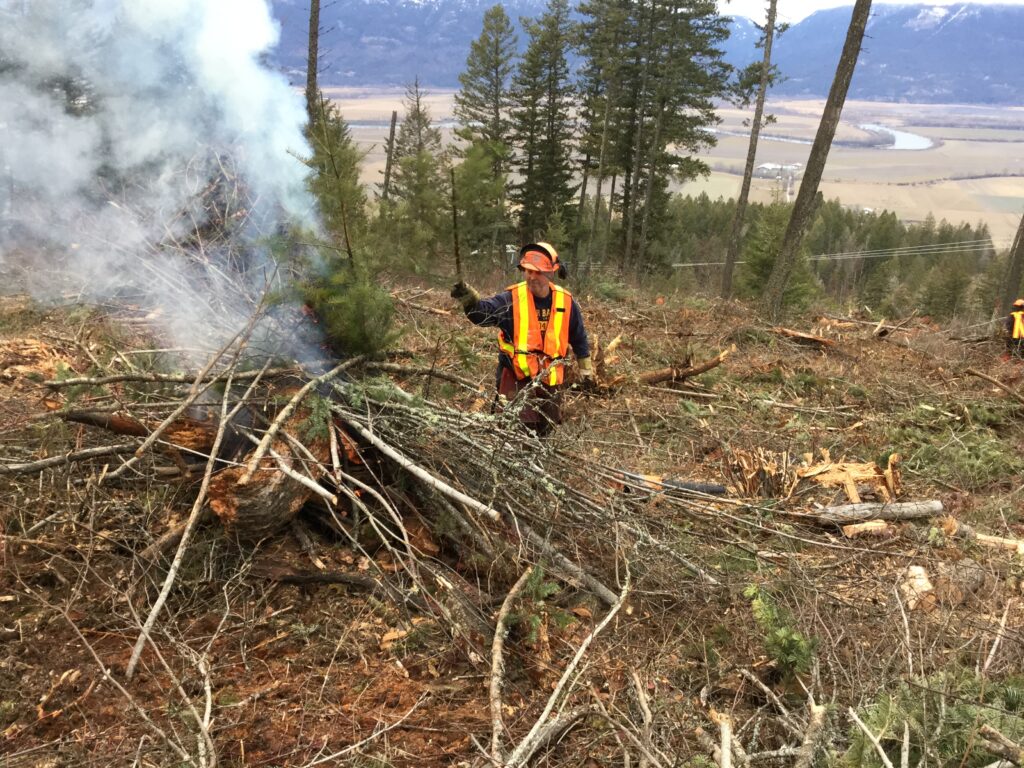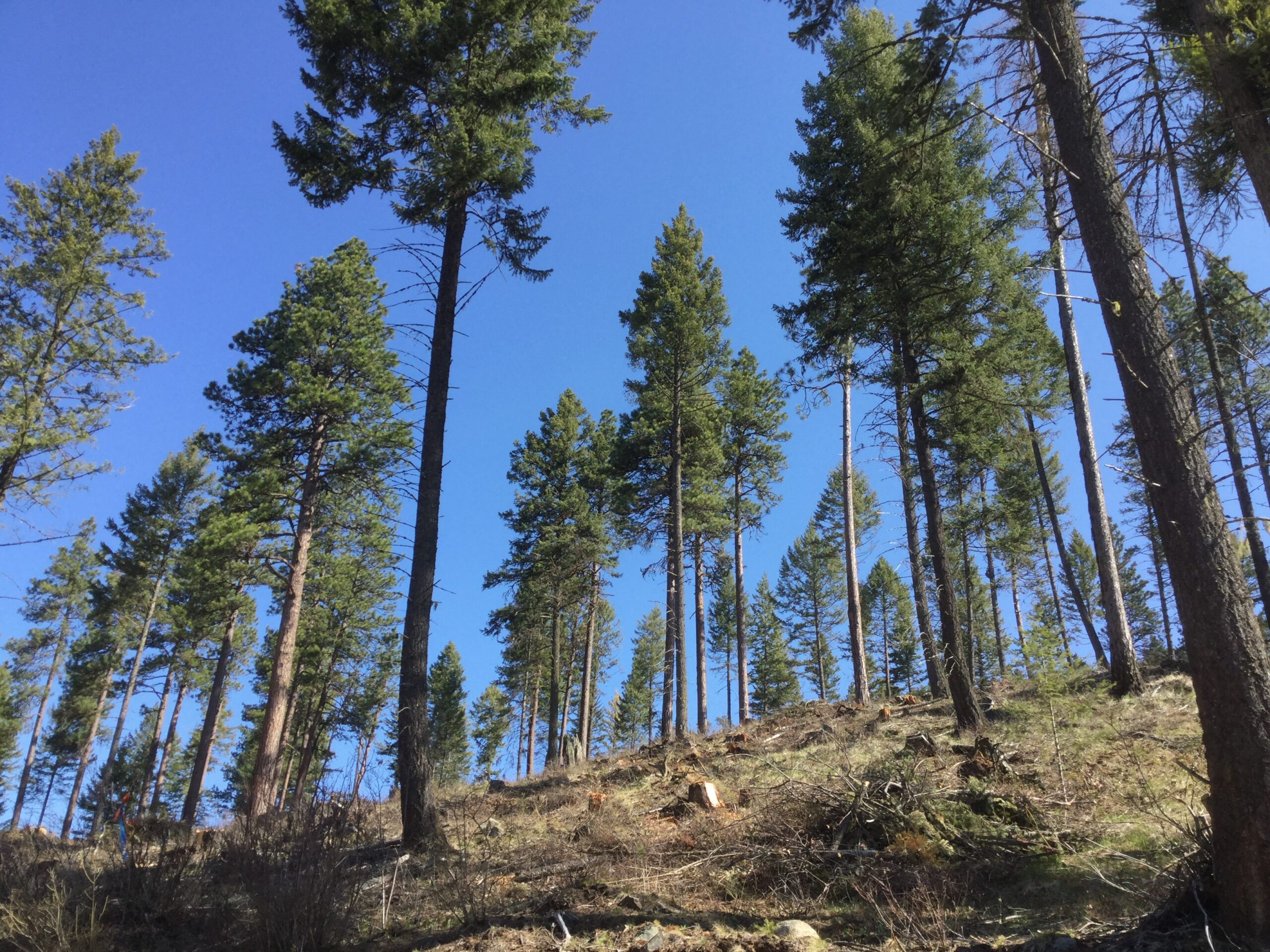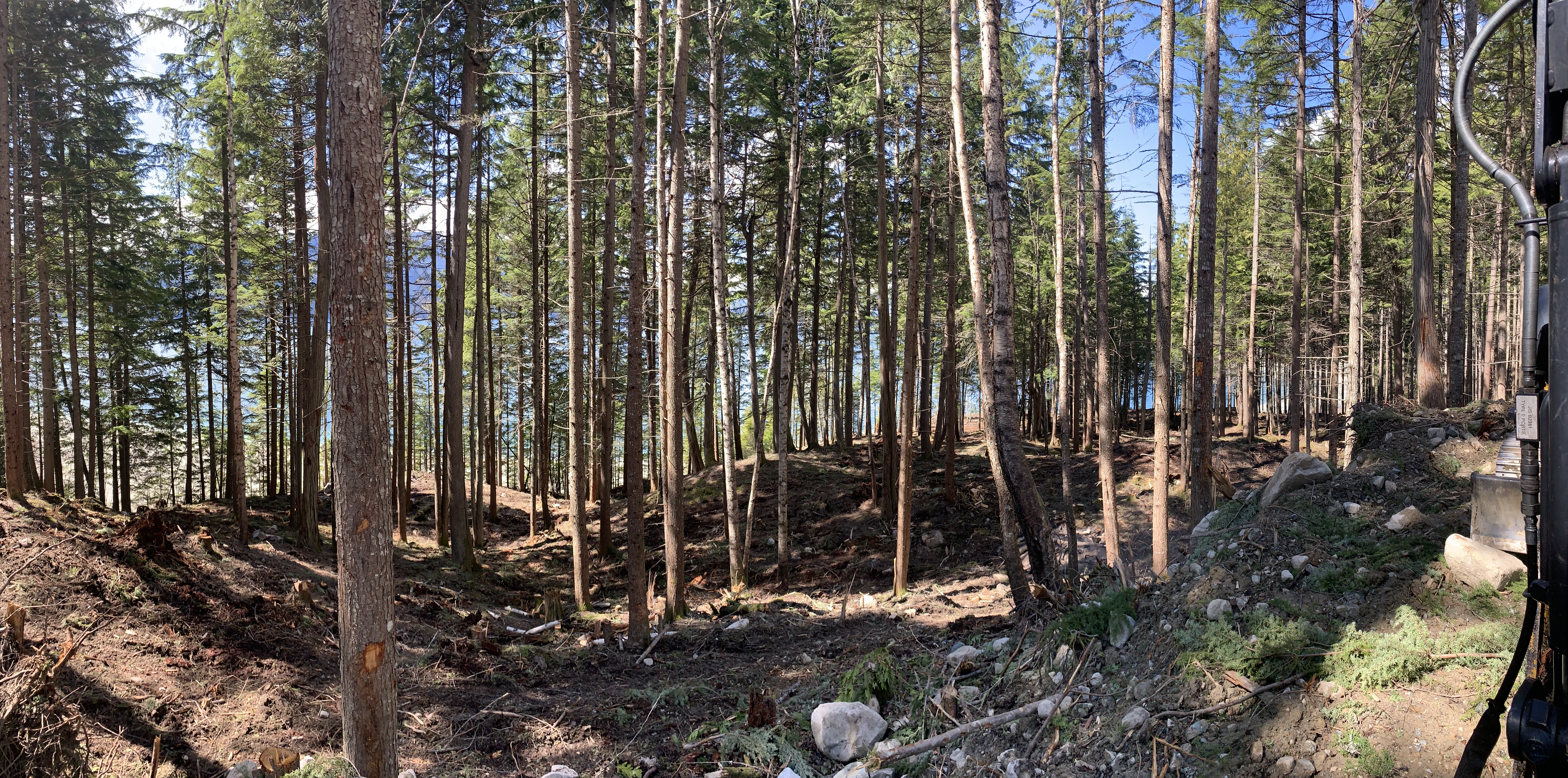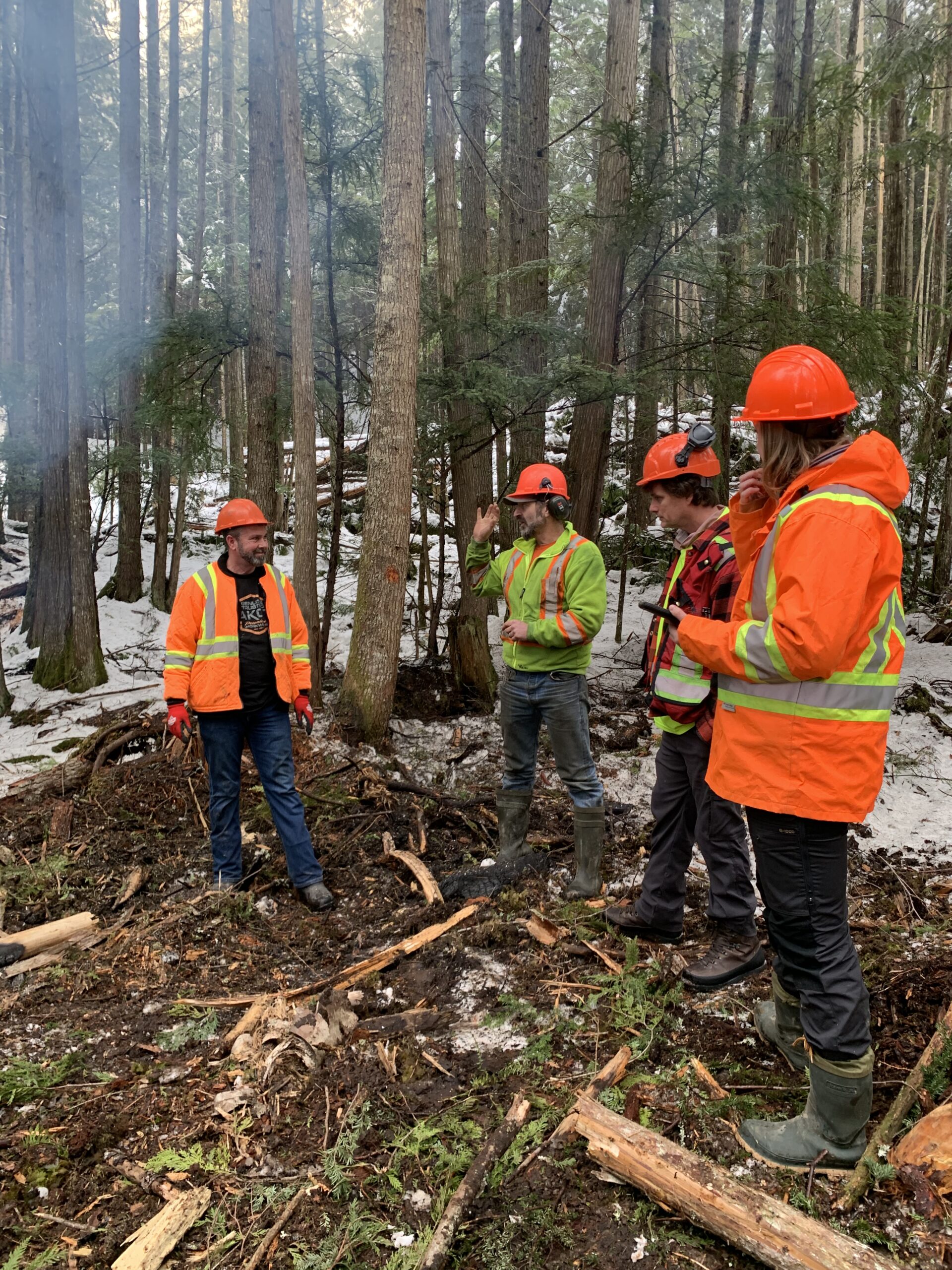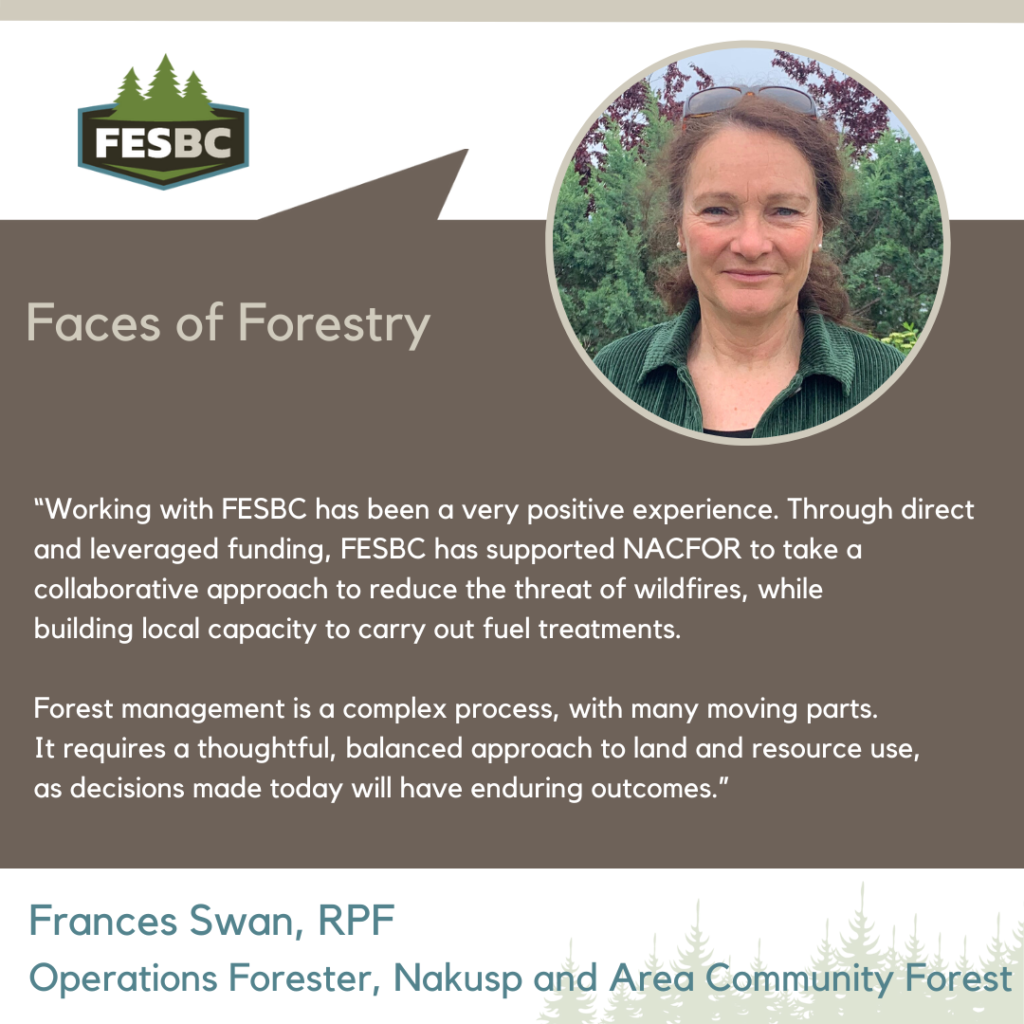British Columbia – In the past few years, the Forest Enhancement Society of BC (FESBC) has funded various project partners throughout the province with the primary objective to reduce wildfire risk. Many of these project partners, 25 in fact, have been community forests. This partnership has accounted for 53 projects valued at over $18 million of which $12.3 million was for wildfire risk reduction and $5.9 million for projects to reduce greenhouse gases, which have included enhanced fibre utilization and rehabilitating damaged forest stands.
“The Forest Enhancement Society of BC is a proven partner in delivering projects on the ground that protect people from wildfire risks and reduce emissions from slash pile burning,” said Katrine Conroy, Minister of Forests. “Along with the historic investments in Budget 2022 to transform the BC Wildfire Service into a year-round service and double funding for proactive wildfire prevention, the critical work of FESBC is helping build communities that are safer and more resilient to climate change.”
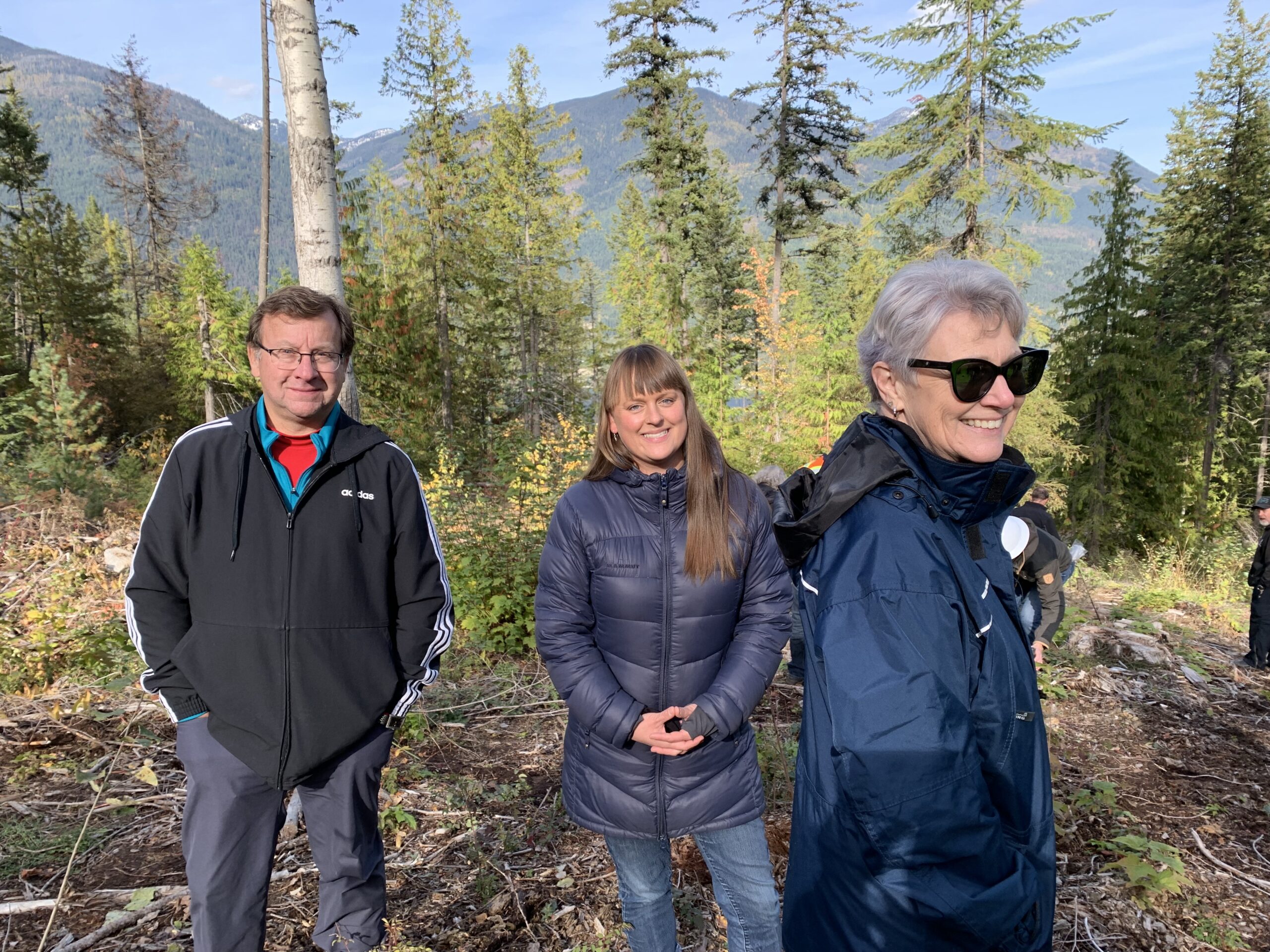
A community forest is a forestry operation owned and managed by a local government, community group, or First Nation for the benefit of the entire community. FESBC Executive Director, Steve Kozuki, pointed out why FESBC and community forests work well together. “We both want to create as many values as we can in our projects. We not only achieve the main objective of reducing wildfire risk, but we often create numerous additional co-benefits such as enhancing recreation opportunities and wildlife habitat, reducing greenhouse gases, and generating employment for local people.”
The BC Community Forest Association (BCCFA), which represents many of these community forests, has seen the good work from FESBC’s collaboration with community forests. Jennifer Gunter, Executive Director of the BCCFA, highlights the importance of the partnership between FESBC and community forests.
“Support from FESBC has been instrumental in the success of wildfire risk reduction projects. With funding from FESBC, many community forests have been able to take meaningful action to make their communities safer, and their forests more resilient,” said Gunter.
Photo Bottom Right: Unit 1 post-treatment in Nakusp;
Photo credits: Frances Swan, Manager Nakusp Community Forest
Last month, during the BCCFA’s 2022 Conference & AGM, the Association celebrated its 20th anniversary and the work being done by community forests. “We were able to celebrate community forestry and the outstanding work of our members throughout the province. Community forests are effective tools for ecosystem resilience and community economic development, and our members constantly raise the bar. Community forestry, however, is not without its challenges. We are grateful for the support of organizations like FESBC that join us in working on solutions together,” Gunter remarked.
During the conference, Kozuki joined Jennifer Gunter, UBC’s Dr. Lori Daniels, Kelsey Copes-Gerbitz, and Kea Rutherford in discussing the important work of wildfire risk reduction and its efficacy in a session moderated by Logan Lake Community Forest Manager, Randy Spyksma.
Photo Right: Post-harvest clean-up and pile burning;
Photo credits: Sabrina Mutterer and Kaslo and District Community Forest.
Lori and her team spoke about the large amount of backlog of wildfire risk reduction treatments that remains to be done in B.C. Despite the significant efforts in the last number of years, only about 20 per cent of the work has been done so far. Lori noted that while $18 billion has been spent on seismic building upgrades in B.C., only a small fraction of that amount has been spent on wildfire risk reduction. Kozuki thanked the many community forests that have stepped up to reduce wildfire risk and for doing it in a way that achieves not only a multitude of additional benefits but also earns social license from local citizens.
Nakusp and Area Community Forest (NACFOR), is an example of a community forest that has undertaken wildfire risk reduction work that has provided an added layer of protection to the community while also generating numerous co-benefits. With funding from FESBC, NACFOR took on a project with the goals of improving public safety and reducing the risk of catastrophic loss of infrastructure from future wildfires in areas with high-to-moderate wildfire risk. The project created a series of strategically placed fuel breaks surrounding the community of Nakusp to act as the last line of defence against an approaching wildfire. The FESBC-funded project provided increased opportunities for local contractors with local dollars staying within the community, giving a boost to the local economy.
Photo Right: Arrow Mountain post-treatment;
Photo credits: Daniel Gratton, General Manager, Creston Community Forest
“The benefits of such wildfire risk reduction work in community forests are widespread,” noted Gunter. “Community forests are often situated in the wildland-urban interface and are increasingly becoming leaders in protecting rural communities from the risk of high-severity fires. Not only has this work contributed to keeping communities safe but, in many cases, it strengthens relationships between Indigenous and rural communities and has resulted in local employment, ecosystem restoration, and wildlife habitat enhancement.”
A community forest in Creston undertook wildfire risk reduction work which also gave a boost to the local economy through increased employment opportunities, providing work to at least 15 Creston locals who were involved in the development, planning, and implementation phases of the project. The project itself treated over 120 hectares on Arrow Mountain and approximately 10,400 cubic metres (approximately 230 truckloads) were harvested from seven areas, removing mistletoe, infected larch, and unhealthy Douglas-fir. The resulting state of the forest, according to Daniel Gratton, Forest Manager of the Creston Community Forest, is now similar to what would have existed when wildfires frequented the area prior to the introduction of the fire suppression programs in the early 1900s.
Fire suppression efforts of the last 100 years have resulted in some forests near communities across B.C. becoming overmature and/or very dense, making them more susceptible to wildfire. Many times, these types of stands have less value to wildlife and are less desirable for recreation activities. FESBC-funded projects in community forests have not only reduced the wildfire risk to communities, but they have also improved wildlife habitat, created local employment opportunities, and increased recreation values like camping, hiking, and biking.
One such project to reduce wildfire risk to the community which was undertaken by the Kaslo & District Community Forest Society (KDCFS), led to additional wildlife benefits that some people didn’t expect. An area resident, Doug Drain, whose house was adjacent to the forest area that was being treated, almost lost his house to a wildfire in 2012. This wildfire risk reduction treatment not only gave him peace of mind, but he said that opening up the forest had made a huge difference to the wildlife that live there. He has seen seven bears and two cubs as well as deer and elk that are back grazing in the area for the first time in many years.
This work was informed by a Landscape Level Wildfire Protection (LLWP) plan which KDCFS received a $50,000 grant from FESBC while Sabrina Mutterer and Jeff Reyden were co-managers of the community forest. According to Reyden, even though they both are from Kaslo, they hadn’t thought about the multi-level impacts of wildfires on the community or stakeholders involved until they started work on the LLWP.
The team started to plan for priorities focused on achieving immediate benefits in forest fire suppression and crew safety while outlining future fuel treatment projects and collaborating with the Regional District and BC Wildfire Service (BCWS). Engagement sessions involved discussions with BCWS and the local fire department to understand their needs in the event of a fire close to Kaslo, outlining what resources they had, what could be shared, what KDCFS could purchase, communications protocols, jurisdictional areas of who would respond where, etc. Not only did the plan inform the work done near Drain’s property but KDCFS ended up purchasing three fire pumps, hoses, and an inflatable bladder to fight a fire if need be.
“Community forest agreements are unique forest tenures that give communities, both Indigenous and non-Indigenous, the ability to manage local forests for local benefit. They are in it for the long term with a mandate to manage environmental, economic, social, and cultural values. Partnering with FESBC on projects that reduce the risk of wildfire while supporting community values and advancing climate action is a win-win for communities and the province. We have been building a network of practitioners across the province who understand how to integrate these concepts and the experts with FESBC are integral to this process,” noted Gunter, pointing to the expertise FESBC operations managers bring to projects.
According to Gunter, as forest policy in B.C. shifts to support an increase in Indigenous and community-led forestry with a focus on value rather than volume, the active role of community forests in the movement toward reconciliation and innovating to integrate multiple values on the landscape, becomes clearer.
“Throughout the province, community forests demonstrate their leadership in implementing an inspiring vision for forestry that allows local communities to manage local forests in ways that generate many benefits,” said Gunter. “Our hope is that the partnership between the BCCFA and FESBC will continue to provide ongoing support and opportunities for community forests in our province. Together we are making our forests and communities more resilient ecologically, economically, and socially.”
For an interview with FESBC contact:
Aleece Laird, Communications Liaison | communications@fesbc.ca | 250.574.0221
FESBC would like to gratefully acknowledge the financial support of the
Province of British Columbia through the Ministry of Forests.

